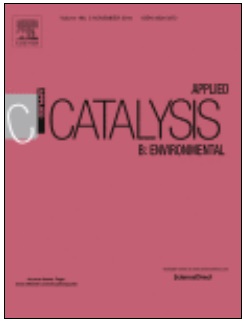In the present investigation, TiO2 modified with a different geometry and size of gold particles, such as nanospheres (NSPs), nanostars (NSTs) and nanorods (NRs), were prepared by the immobilization method. The effect of the gold shape, size and TiO2 matrix type (TiO2 microspheres or rutile TIO-6_TiO2) were systematically investigated. The obtained photocatalysts were thoroughly characterized by UV–vis diffuse-reflectance spectroscopy (DRS), BET surface area measurements, scanning electron microscopy (SEM), scanning transmission microscopy (TEM), X-ray diffraction analysis (XRD), and X-ray photoelectron spectroscopy (XPS). The photocatalytic activity under visible light (λ > 420 nm) has been estimated in phenol degradation reaction in an aqueous phase. The significantly high photocatalytic activity under visible light irradiate as demonstrated by the TiO2 sample modified by spheres of gold. The average rate of phenol decomposition was 1.9 μmol dm−3 min−1 and was three-times higher compared to the pristine TiO2 amorphous microspheres. On the other hand the photocatalytic activity was relatively lower and was 0.38 and 0.27 μmol dm−3 min−1 for nanorods and nanostars deposited on the amorphous form of TiO2 microspheres, respectively. The visible light activity decreased in following order: (NSPs)> (NRs)> (NSTs). The obtained photocatalytic efficiency of samples was ascribed to the geometry and the size effect of the enhanced and the possible mechanism for this was discussed in detail. Furthermore, in this work we show the effect of calcination temperature on the structure of gold NPs, NRs and NSs before and after modification on the morphology and photocatalytic activity of Au-TiO2

